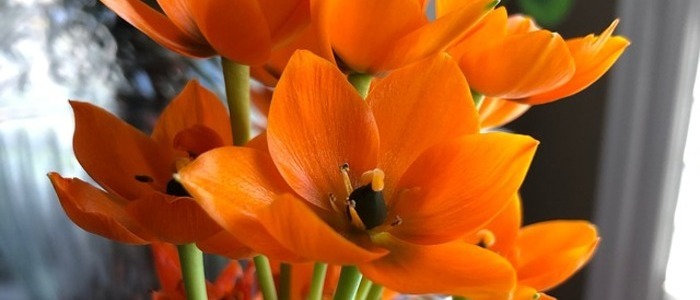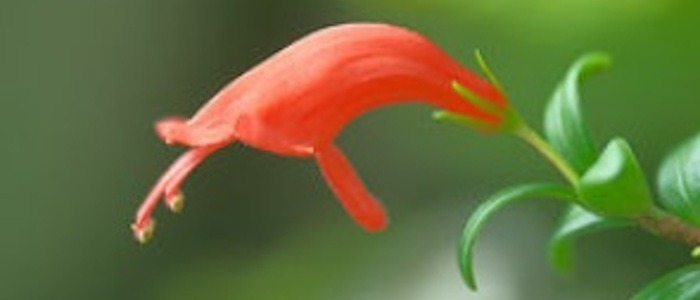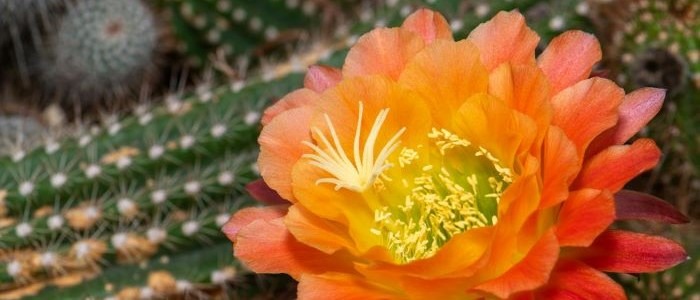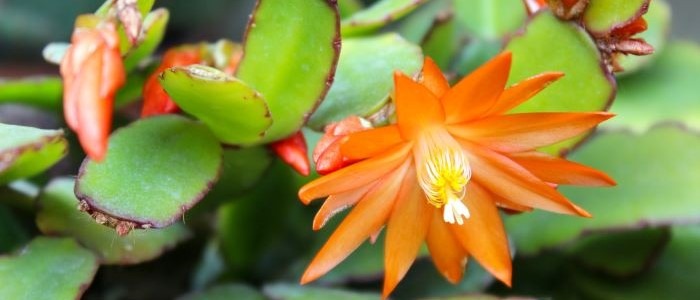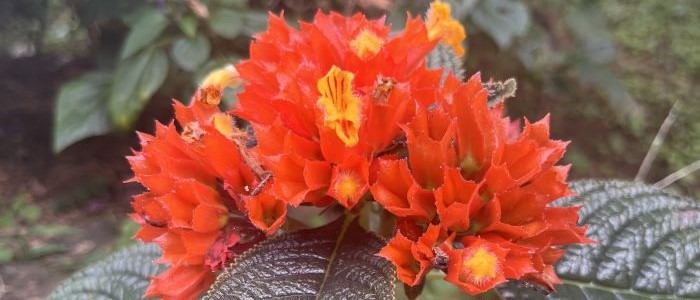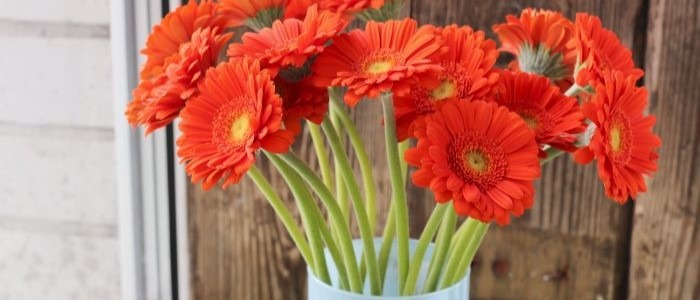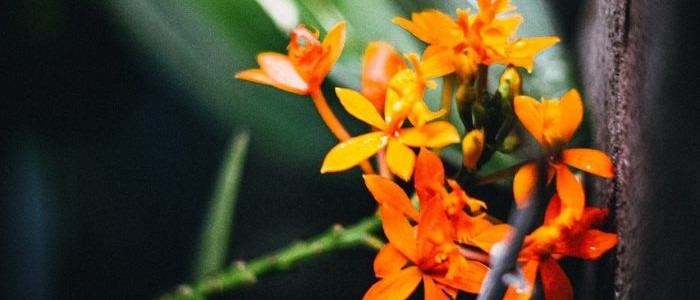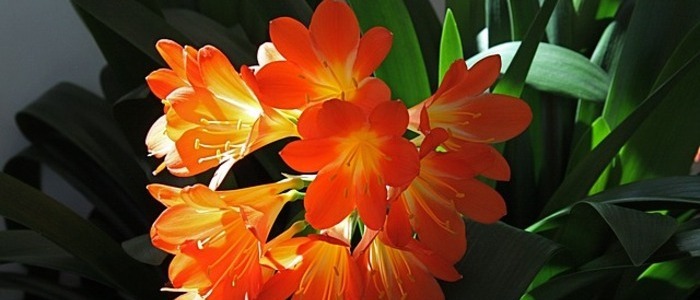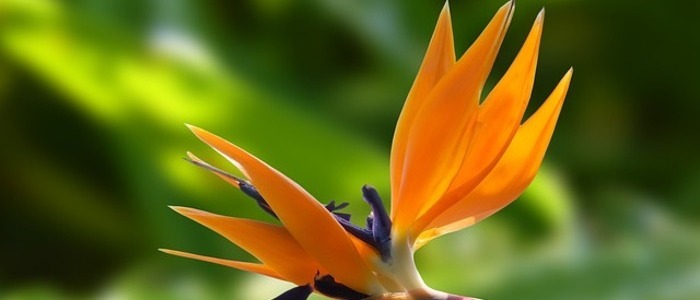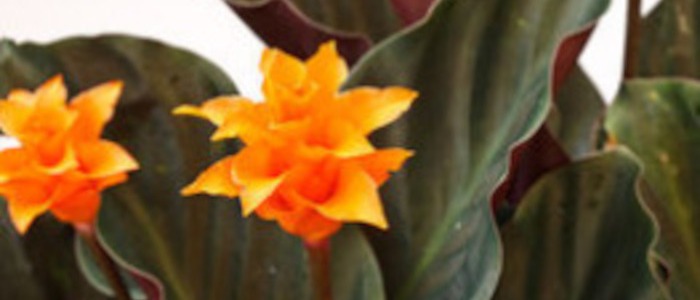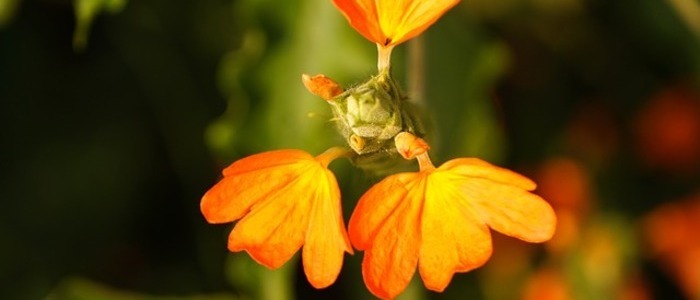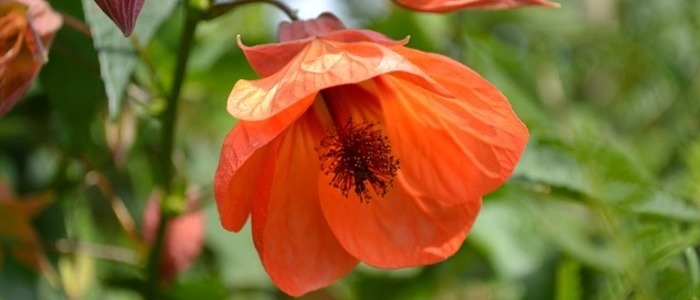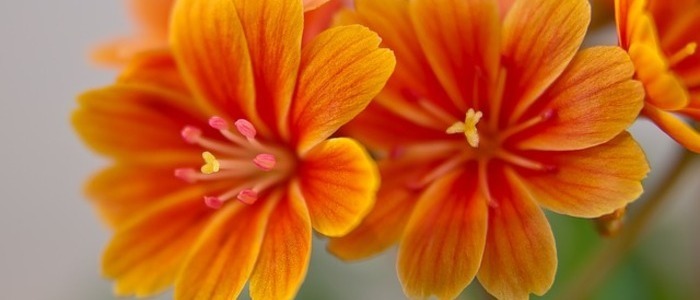The goldfish plant (Nematanthus) is an attractive and hardy tropical evergreen that adds a unique touch to any home or garden. Native to Central America, it thrives in humid, warm climates and can be found in abundance there. Its bright green foliage and upright growth make it a popular choice among gardeners and houseplant enthusiasts alike.
The plant’s nickname comes from the orange or yellow flowers which resemble the shape of a goldfish – hence the name! Easy to care for, it requires little maintenance, making it ideal for novice gardeners. The goldfish plant can be propagated easily through stem cuttings, allowing you to create your own mini-forest of these beautiful plants.
In addition to its beauty, the goldfish plant has many other benefits as well. It is known to filter air pollutants such as formaldehyde from the air, making it a great choice for those who suffer from allergies or asthma. It also helps reduce stress levels through its calming effect on the environment.
These days, the goldfish plant is widely available both online and in nurseries around the world. Whether you’re looking for something special to add interest to your outdoor space or want a low-maintenance houseplant that will make a statement indoors, this stunning species is definitely worth considering!
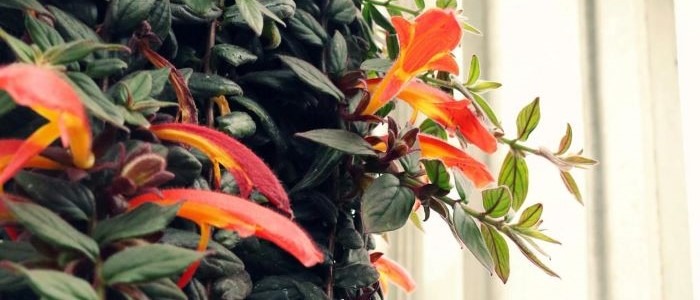
The Goldfish Plant Frequently Asked Questions
Does the goldfish plant like sun or shade?
The goldfish plant prefers bright, indirect sunlight. While it can tolerate some shade, too much shade can cause the plant to become leggy and have fewer blooms. It is best to place the goldfish plant near a window with filtered sunlight or in a spot where it can receive bright, indirect light throughout the day.
Is the goldfish plant drought-tolerant?
The goldfish plant is not drought-tolerant requires regular watering in order for it thrive. The soil should be kept evenly moist but not overly saturated. It is important to let the top inch of soil dry out between waterings to prevent root rot. Additionally, misting the leaves with water can help to increase humidity levels and promote healthy growth.
Where to find and Purchase a Goldfish Plant
Goldfish plants are widely available for purchase both online and in nurseries and garden centers around the world. When looking to buy a goldfish plant, it is important to research the seller thoroughly before making a purchase. Local nurseries and garden centers may carry the plant, but they may not have a wide selection of varieties or sizes available. Specialty stores that specialize in rare and unusual plants are also good sources for goldfish plants.
Online retailers such as Etsy, eBay, Amazon, and other plant-specific websites can be great resources for finding a goldfish plant. However, it is important to read reviews from previous customers to ensure that the seller is reputable and reliable. Additionally, look for sellers that offer guarantees on their plants or will replace any damaged items without question.
Online forums such as Reddit or gardening blogs can also be helpful when searching for a goldfish plant. The members of these forums often have extensive knowledge about different types of plants and can provide advice on where to find specific varieties or sizes of goldfish plants. They can also give tips on propagating from stem cuttings or how to care for your new addition once you have purchased it.
When purchasing a goldfish plant online, be sure to look at pictures of what you are buying so you know exactly what you are getting before it arrives at your home. Also keep an eye out for any pests or diseases when inspecting the leaves of your new plant – this will help ensure that you pick up only healthy specimens! Finally, make sure that any soil used during shipping is kept moist but not overly wet – this should help prevent root rot while keeping your new addition happy and healthy!
Propagating the Goldfish Plant
Propagating the goldfish plant is a great way to share the joy of having one with friends and family. There are several methods available for propagating these beautiful plants, each of which has its own challenges and rewards.
Division is the simplest method for propagating goldfish plants, as it involves carefully digging up the plant and separating the rhizomes. This method works best when there are multiple stems with leaves attached, although single stems can be divided as well. It’s important to remember to replant them in soil that drains quickly, using a potting mix designed specifically for tropical plants.
Stem cuttings are also popular for propagating goldfish plants. This involves cutting a stem with several leaves from the mother plant and placing it in a pot of moist soil or rooting hormone mixture before covering lightly with plastic wrap or burlap bag to keep humidity levels high. In two to three weeks, roots should begin to form and new growth should sprout soon after.
Water propagation is more difficult but can be done by separating nodes from the stem and placing them in an aquarium filled with water until roots start forming on the nodes and new growth appears above water level. Once this happens, you can transplant into soil-filled pots or containers just like any other propagated plant.
Goldfish plants are also capable of producing seeds which can be harvested when they turn black, then sowed in moist soil mixed with compost or vermiculite at a depth of about one-quarter inch (0.6 cm). Keep seedlings warm and moist until they reach around eight inches (20 cm) tall before transplanting into larger pots or containers outdoors if desired.
Finally, leaf-cuttings can be used to propagate goldfish plants by taking a healthy leaf from the mother plant and burying it in shallowly dug holes in a pot of damp soil mix such as two parts peat moss or coco coir mixed with one part perlite or vermiculite. Keep soil consistently moist but not wet until new leaves start growing from the buried leaf within two months’ time.
At which point you can separate newly grown shoots into individual pots for replanting elsewhere if desired! With these methods, it’s possible to successfully propagate goldfish plants and enjoy their vibrant foliage for years to come – whether indoors or outdoors!
Best Growing Conditions for Goldfish Plants
The goldfish plant (Columnea gloriosa) is a hardy, tropical evergreen that thrives in the right environment. To ensure your goldfish plant flourishes, it’s important to understand what conditions are best for it and how to maintain them.
When it comes to light, goldfish plants require bright, indirect sunlight. If they get too much direct sunlight, their leaves will start to turn yellow or brown. When growing indoors, place the plant near a south- or east-facing window where it will receive plenty of diffused light. If you’re growing your goldfish plant outdoors, provide some shade from midday sun with a sheer curtain or other light filtering material.
Goldfish plants prefer consistently moist soil that drains quickly but doesn’t stay soggy. Use a well-draining potting mix that contains peat moss and perlite for best results and water regularly when the top inch of soil feels dry. If you aren’t sure if your soil is draining properly, make sure there are drainage holes at the bottom of your pot and test by pouring water into the pot until it comes out of the bottom before planting or watering your goldfish plant directly in its pot. Avoid overwatering as this can cause root rot and other issues with your plant’s health.
Fertilize once every two weeks during spring and summer months using a balanced liquid fertilizer diluted to half strength. During fall and winter months, fertilize only once a month as growth slows down during these times. Goldfish plants prefer temperatures between 60°F and 80°F (15°C – 26°C). Keep away from cold drafts or extreme heat sources as this can damage the foliage and stunt growth. Finally, keep humidity levels around 40% to 50%. You can increase humidity levels around your plant by misting regularly or placing a humidifier nearby if needed.
With these tips in mind, you’ll be able to provide an ideal growing environment for your goldfish plant!
Common Pests and Diseases to Watch Out For
Common pests and diseases are an important part of caring for the goldfish plant. While many pests and diseases can be avoided or managed properly with the right care, it is important to be aware of potential threats in order to keep your plant healthy. Here are some of the common pests and diseases to watch out for when caring for a goldfish plant:
Aphids are small sap-sucking insects that can cause serious damage to plants. They feed on the sap from young stems and leaves, causing stunted growth, wilting, and yellowing of foliage. They can also spread viruses between plants. To prevent aphid infestations, keep an eye out for signs of their activity and use insecticides if necessary.
Fungal infections occur when fungi get into the soil or onto the leaves of a goldfish plant. These infections cause spots on leaves or stems, as well as wilting and discoloration of foliage. To prevent fungal infections, make sure that your soil drains well and avoid overwatering your plants. Additionally, prune off any affected parts immediately in order to stop the spread of fungi.
Leaf spot diseases are caused by a number of different fungi species which attack leaf tissues and create spots ranging in size from small flecks to large lesions. To prevent these diseases from spreading, prune away any affected parts immediately and treat with fungicides if necessary. Additionally, make sure to water at ground level rather than directly on the leaves in order to discourage fungal spores from taking hold on plants’ surfaces.
Root rot is a serious problem for goldfish plants which is caused by overwatering or poor soil drainage around roots that encourages fungi growth in root tissues resulting in yellowing foliage and stunted growth patterns. To prevent this disease from occurring, make sure that your soil drains quickly and do not overwater your plants – only water when they need it! Additionally, use fungicides if necessary to kill any existing root rot fungus before it has a chance to spread throughout your plant’s system further damaging its health.
Finally mealybugs are tiny white bugs which suck sap from plants’ stems and leave behind honeydew excretions which encourage sooty mold growth leading to black patches on leaves further weakening them until they drop off prematurely. Mealybugs can be prevented by regularly checking for their presence on your goldfish plant, treating with insecticide if necessary, improving air circulation around plants, encouraging natural predators such as ladybugs, parasitic wasps, or lacewings, as well as removing affected parts of plants immediately.
By being aware of these common pests and diseases – as well as providing adequate care – you will be able protect your goldfish plant from infestations or infections while still enjoying its vibrant foliage year round!
Conclusion
In conclusion, growing and caring for the Goldfish plant can be a rewarding experience for any plant enthusiast. While it may not be drought-tolerant, providing regular watering and maintaining the right soil moisture levels is crucial for its well-being. Remember to allow the top inch of soil to dry out between waterings to avoid root rot.
Misting the leaves with water can also contribute to a healthy growth by increasing humidity levels. With proper care and attention, your Goldfish plant will flourish and add a vibrant touch to your indoor garden. Happy gardening!
Other Plants With Orange Flowers
